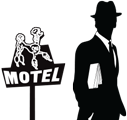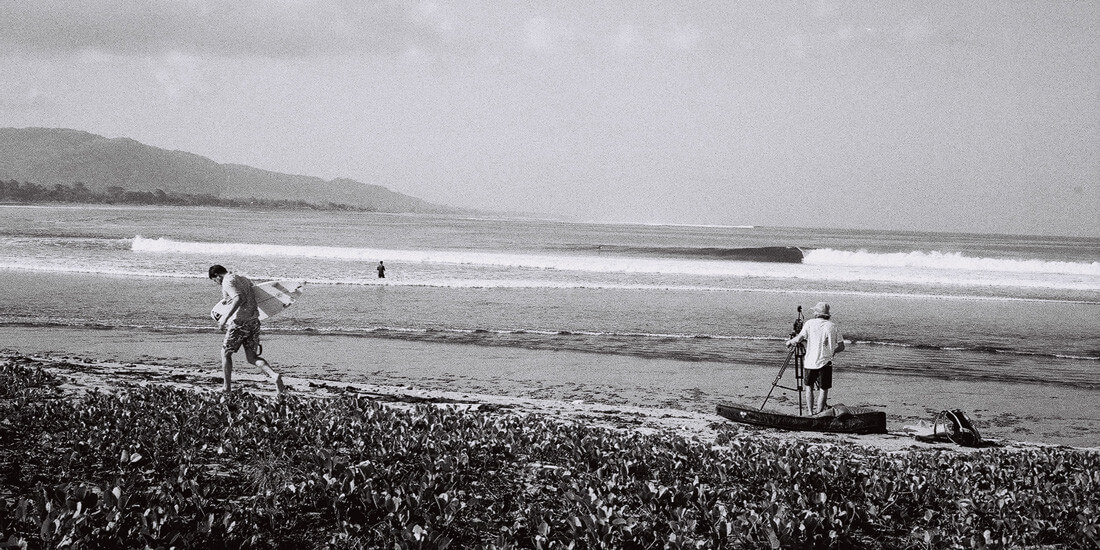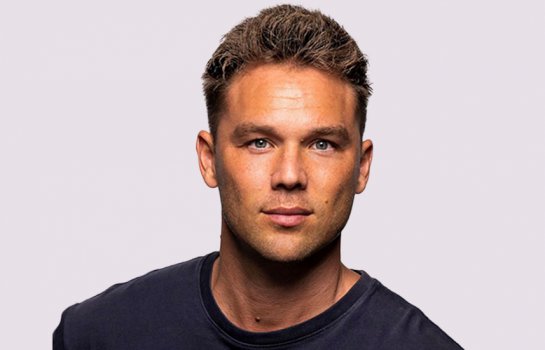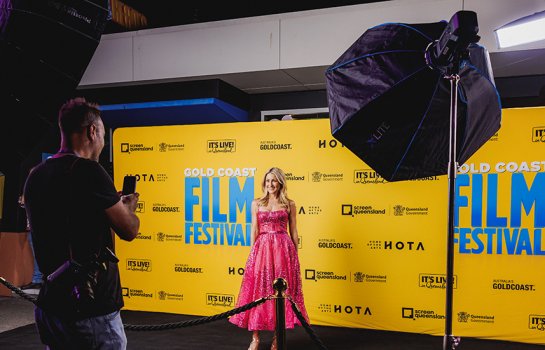Kai Neville, surf filmmaker
When you're on a wave nothing else enters your mind ... it is a pretty divine experience ...
Kai Neville is a man who is decidedly more comfortable behind the lens than in front of it. His work with Modern Collective, Lost Atlas and Dear Suburbia has earned the filmmaker high accolades with his films widely considered among the best of the present era. His highly anticipated film, Cluster, recently screened at the Gold Coast Film Festival and is no exception. Cluster has been described as a snapshot of professional free-surfing right now and features some of the world’s best free-surfers in some of the world’s most exhilarating and unconventional surf locations. Kai took a few minutes out from filming to have a chat with The Weekend Edition Gold Coast.
What can people expect from Cluster?
Cluster is a surf film. It isn’t narrative based and doesn’t feature interviews, it’s a candid look at a unique group of free surfers. I spent a year on the road with 12 surfers with the intention of creating individual parts, much in the same way skate films are made. My last three films were location-based with an emphasis on roaming and sessions. This is very raw.
What were some of the most memorable moments from filming Cluster?
The project has been memorable as a whole. I’ve been working with some of the cast for almost ten years and the younger guys like Creed McTaggart and Noa Deane immediately blended into our group. It felt like we were going on a surf trip with our best pals, shoot all day long and end with a few round of beers.
What’s it like behind the scenes on a surf film? Is there ever any mischief once the cameras stop rolling?Well I’m working with some young surfers in their late teens/early twenties. They don’t mind tearing into their youthful side. You can see it in the film, it’s all good fun. I’ve already been there so I try mentor when I can.
The film has been described as a snapshot of professional free-surfing right now, how would you describe the style of surfing that we’re seeing around the world?
There are so many different sub-genres of surfing, it’s more lifestyle than sport. I guess the crew I work with are professional free-surfers who are more technical. We hunt waves that are a little more ugly than what you are used to seeing in surfing films. Windy cross shore reef breaks that allow you to do airs. The grabs, style and wave knowledge to pull some of the progressive moves these guys try is a very high level of free-surfing.
What are the perks of being a surf filmmaker?
Traveling, surfing, working with a small crew. I feel very lucky to be in a position of being able to select who I work with. I want to make sure each trip has a good vibe and the crew involved are the right mix. My skate pals are always talking about how lucky we are not having to do demos in shitty landlocked towns. The beach is not a bad office.
Are there any less-glamorous sides to your job?
Eight-hour days on the beach are not as glamorous as they sound. You get extremely cooked in the heat. Some days in locations like rural Sumatra are brutal. My camera overheats all the time.
Let’s take a few steps back, how did it all begin for you?
I was doing a Bachelor of Arts at Griffith University and landed an internship at Morrison Media with Slam Skateboarding and Riptide magazines. One of the other publications, Australian Surfing Life, who at time I wasn’t working for, was just down the hall. I was a surf film junkie and started to show the ASL crew some of my home movies. Eventually they gave me a job, I was completely thrown in the deep end to produce the magazine’s first cover mount DVD (that was a first, before magazine/DVD combos boomed) I made the film Awakening and following its release produced around 12 surfing DVD’s for ASL over three years. That was the apprenticeship, then I worked under Taylor Steele before I started my own studio.
You’ve travelled to some of the world’s most picturesque locations in search of the perfect break, any highlights?
I really like the medieval feel of Europe. We did a trip to Hossegor in south-western France and through northern parts of Spain. The history, architecture, darkness and landscapes are so beautiful and foreign from where I grew up in Australia. A rugged cliff face, ancient town and surfing a wedge break is far more appealing to me than a perfect Indonesian lineup, I’d rather surf in Indonesia than shoot.
Have you had any epic wipeouts while filming?
More wipeouts surfing myself, I sliced my eye and fractured my fourth metatarsal in the Mentawai Islands, kook.
What advice would you give to someone who is interested in pursuing surf filmmaking as a career?
Love what you do and then go and do it. I used to run down to Snapper Rocks and wait for the best guys to go surfing like Joel Parkinson, Mick Fanning and Dean Morrison. I’d be surfing and when they would paddle out I’d run in and grab my camera. Soon I had gathered enough footage to make my first film. I was extremely eager and threw myself into it. Shoot, edit, produce, learn as you go. It’s a very independent field. Also assist and work for people with experience, I learnt much more from people in the industry than my two years at university (I was a drop out).
What are your essentials for a well-spent weekend?
Pretty simple now, my Surfers Paradise days are done. Surfing with friends down the coast and cold beers following is a pretty dreamy weekend.
What has been your greatest achievement?
Completing Modern Collective, I guess it was my first major surf film. Winning Surfer Poll Movie of the Year was a nice way to wrap that project. I was young, naive and it seemed to work.
Surfers often talk about that feeling you get when you’re riding a wave as an almost spiritual experience, how would you describe it?
Its an escape from everything back on land, when you’re on a wave nothing else enters your mind. So I guess it is a pretty divine experience. You get hooked easy.
What’s next for you?
I honestly don’t know, I plan to move into other areas of film and arts based projects outside of surfing. I feel it’s a good time to explore.
Photography: Nathan Lawrence.





